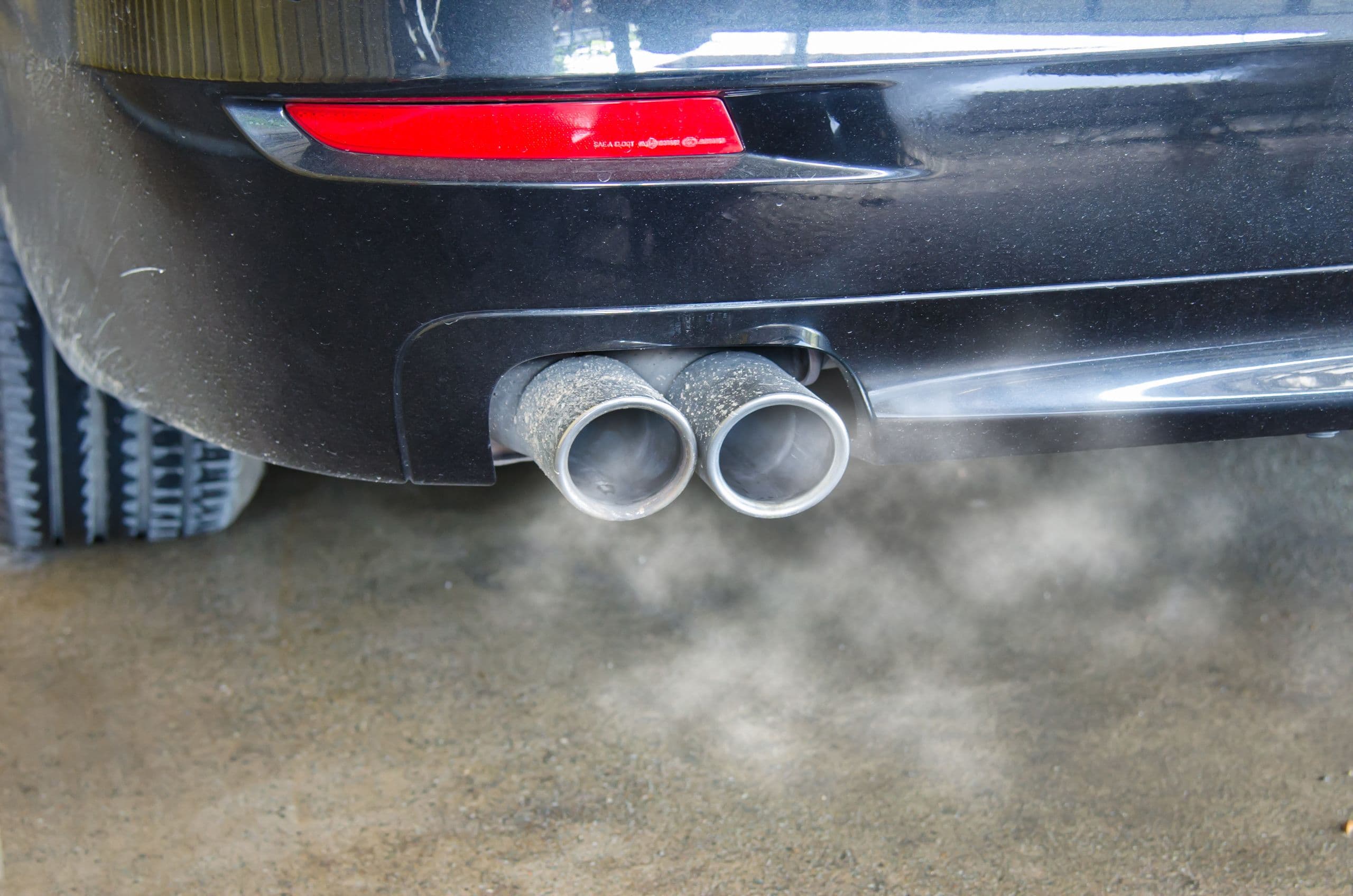Introduction
Car emission control systems are crucial components of modern vehicles. They are designed to limit the release of harmful pollutants produced by the engine into the environment, making cars more eco-friendly. This article will educate you on the basics of car emission control systems, helping you understand their operations, their importance, and how they contribute to environmental conservation.
Why Car Emission Control Systems are Important
Emission control systems in cars serve a critical role in reducing the level of harmful pollutants that a vehicle emits into the environment. These pollutants include hydrocarbons (HC), carbon monoxide (CO), and nitrogen oxides (NOx), which are known to contribute significantly to air pollution. By controlling these emissions, these systems help ensure that vehicles adhere to the environmental laws and standards set by various regulatory agencies.
Components of Car Emission Control Systems
Car emission control systems are made up of several components that work together to reduce harmful emissions. Here's a brief overview of these components:
1. Catalytic Converter
This is perhaps the most critical part of a car's emission control system. The catalytic converter transforms harmful pollutants into less harmful substances before they are released from the exhaust. It does this through a process known as catalytic conversion.
2. Exhaust Gas Recirculation (EGR) Valve
The EGR valve is designed to reduce the amount of nitrogen oxides (NOx) that the engine emits. It does this by recirculating a portion of an engine's exhaust gas back to the engine cylinders.
3. Positive Crankcase Ventilation (PCV) Valve
The PCV valve controls the emission of harmful blow-by gases. These are gases that have leaked from the combustion chamber into the crankcase. The PCV valve directs these gases back into the engine, where they are burned off.
4. Evaporative Emission Control (EVAP) System
The EVAP system prevents the emission of raw fuel into the atmosphere. It captures and stores fuel vapors from the gas tank and sends them to the engine to be burned off.
Maintaining Your Car's Emission Control System
Proper maintenance of your car's emission control system is crucial for its performance and longevity. Here are a few maintenance tips:
- Regularly check and replace faulty components such as the PCV valve and EGR valve.
- Ensure that your catalytic converter is in good condition. A malfunctioning catalytic converter can lead to increased emission levels.
- Regularly check your car's EVAP system for leaks.
Conclusion
Understanding the basics of car emission control systems allows you to appreciate the role your vehicle plays in environmental conservation. By maintaining these systems, you not only improve your car's performance but also contribute to a healthier environment.
